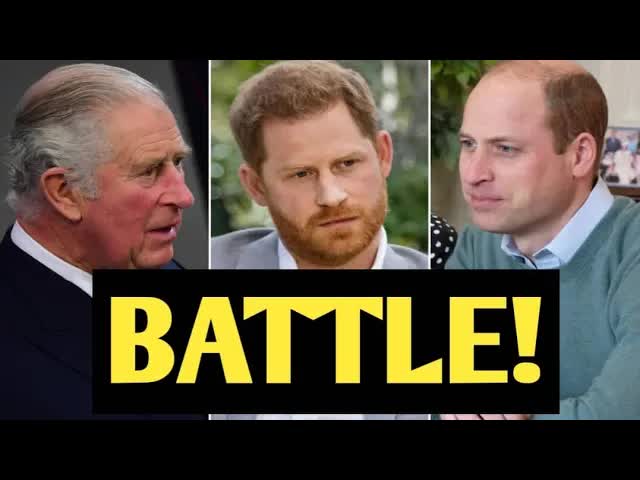The House of Windsor’s internal strife has captured widespread attention, particularly with the Sussexes’ decision to step back from royal duties in 2020.
Subsequently, their candid interviews, revealing memoirs, and public statements have unveiled a stark portrayal of life within palace walls.
These disclosures have sparked a divided response from the public, with some showing empathy towards the Sussexes’ challenges, while others staunchly support the monarchy.
Amid mounting pressures and concerns over potential damage to the royal reputation, the King and the Prince of Wales have reportedly united to present a cohesive front.
Sources close to the palace indicate deep apprehension from both figures regarding the Duke’s actions and their repercussions on the monarchy’s stability and public perception.
Notably, high-level discussions have taken place at Buckingham Palace, where senior advisors and royal aides have strategized on how to counter the perceived threat.
The primary focus of these deliberations revolves around reinforcing the monarchy’s positive societal contributions, underscoring charitable endeavors, and highlighting the institution’s role in upholding continuity and stability within British culture.
To this end, the King and the Prince of Wales have escalated their public appearances, actively participating in key events and addressing national concerns.
These efforts aim to underscore the monarchy’s significance and its intrinsic connection to British identity.
Central to this conflict is the pivotal role played by the media.
Both factions have utilized their platforms to influence public opinion, transforming the narrative into a battleground of ideologies.
While the King and the Prince of Wales have adhered to conventional media channels, engaging with established journalists, the Sussexes have embraced contemporary media avenues such as streaming services and social platforms to convey their perspective.
This divergence underscores the underlying generational and ideological disparities fueling the discord.
The stakes are undeniably high for the British monarchy, an enduring institution that has navigated centuries of transformations and challenges.
Beyond a mere familial dispute, the ongoing feud poses a fundamental question on the monarchy’s relevance in the modern era.
Public perception is poised to play a pivotal role in determining the resolution of this conflict, with varying levels of support across different age groups.
The monarchy’s adaptability and resonance with an evolving society may dictate its future trajectory.
The intricate relationship between the heir, the Prince of Wales, and the spare, the Duke of Sussex, has always been multifaceted.
Traditionally, the spare has enjoyed more leeway to carve out their own path, albeit accompanied by unique obstacles.
The evolution of this dynamic will be instrumental in shaping the monarchy’s trajectory moving forward, navigating the delicate balance between tradition and modernity.
